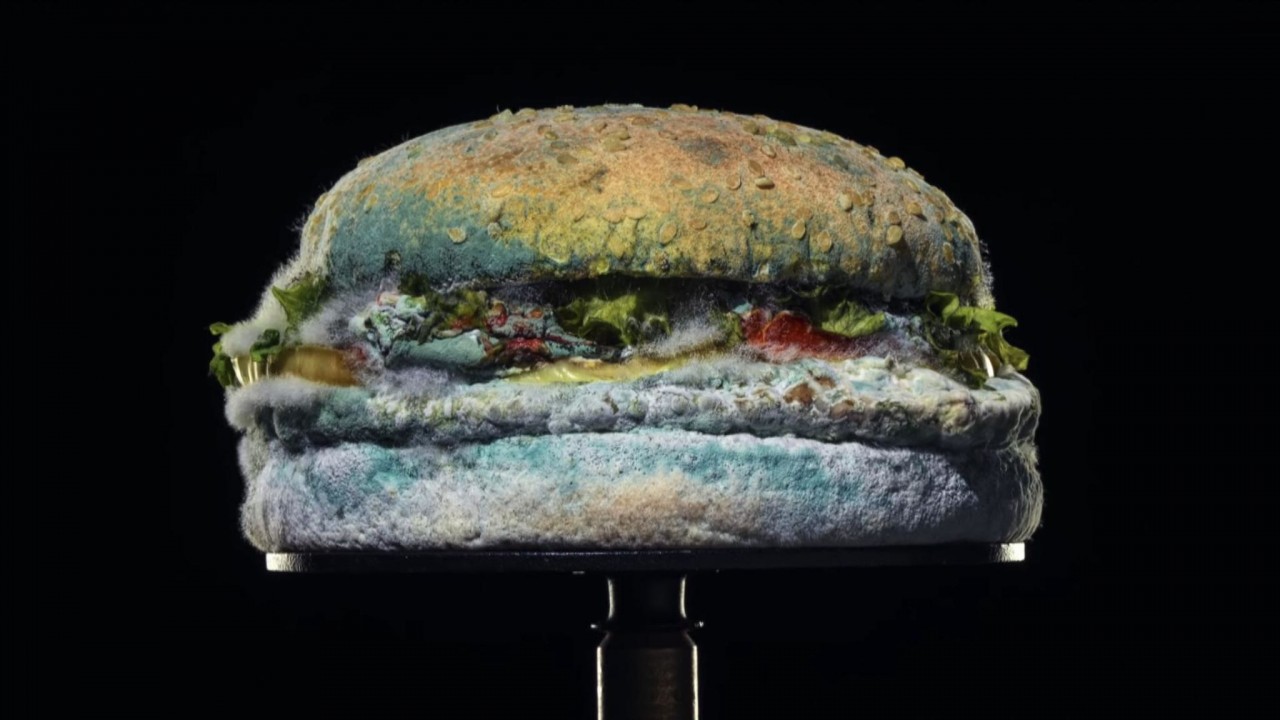Burger King’s new ad has split opinions. Our Head of Strategy, David Proudlock, makes a case ‘for’.
Burger King has caused a stir with a global campaign that showcases its prized Whopper burger decaying over a 34-day period. The rotten ad has been designed to highlight the chain’s decision to remove artificial preservatives from its flagship burger. But is it a shining example of Burger King’s creative genius, or a stunt designed to win awards that will simply leave a bad taste in customer’s mouths?
The case for: it’s bold, irreverent, plays on viral stories about its rivals and shows Burger King “doesn’t give a fuck”…
“More brands should take risks like this”
OK, so there’s an argument the ad is a bit too clever for its own good, and it was never going to be a slam-dunk simply because it’s risky. However, risky can be good, particularly when you’re striving for distinction and talkability.
And that’s exactly where we are now – I’m talking about the brand, the work and indeed the issue at hand: a commitment to preservative-free food in the quick-service category.
The creative definitely cuts-through and is a brave, bold, daring way to walk the talk on zero preservatives. Everyone else just sticks a kitemark/claim on their packaging and feel like they’ve ticked the box – but they’re missing a trick.
Burger King has been building a disruptive brand personality recently and in that context, this fits perfectly. There is no denying it’s disruptive. And it’s another in-your-face challenge to McDonald’s and their picture-perfect burger ads, the ones that in real-life never look the same.
This is the latest example of Burger King’s all-out attack on McDonald’s, and it’s fun to watch. First, there was the free burger if you checked in at Maccas, then an invite from Burger King to burn its competitors’ advertising. Then the oh-so-sneaky hiding a McDonald’s burger behind all Burger King shoots in 2019, to cleverly show how much bigger BK burgers are.
And now this. More subtle, but equally powerful.
Frankly it’s refreshing to see a client challenging the most fundamental conventions of the category – the industry would be better if more brands took risks like this.
This is an excerpt from the full article which was originally published in The Drum.




